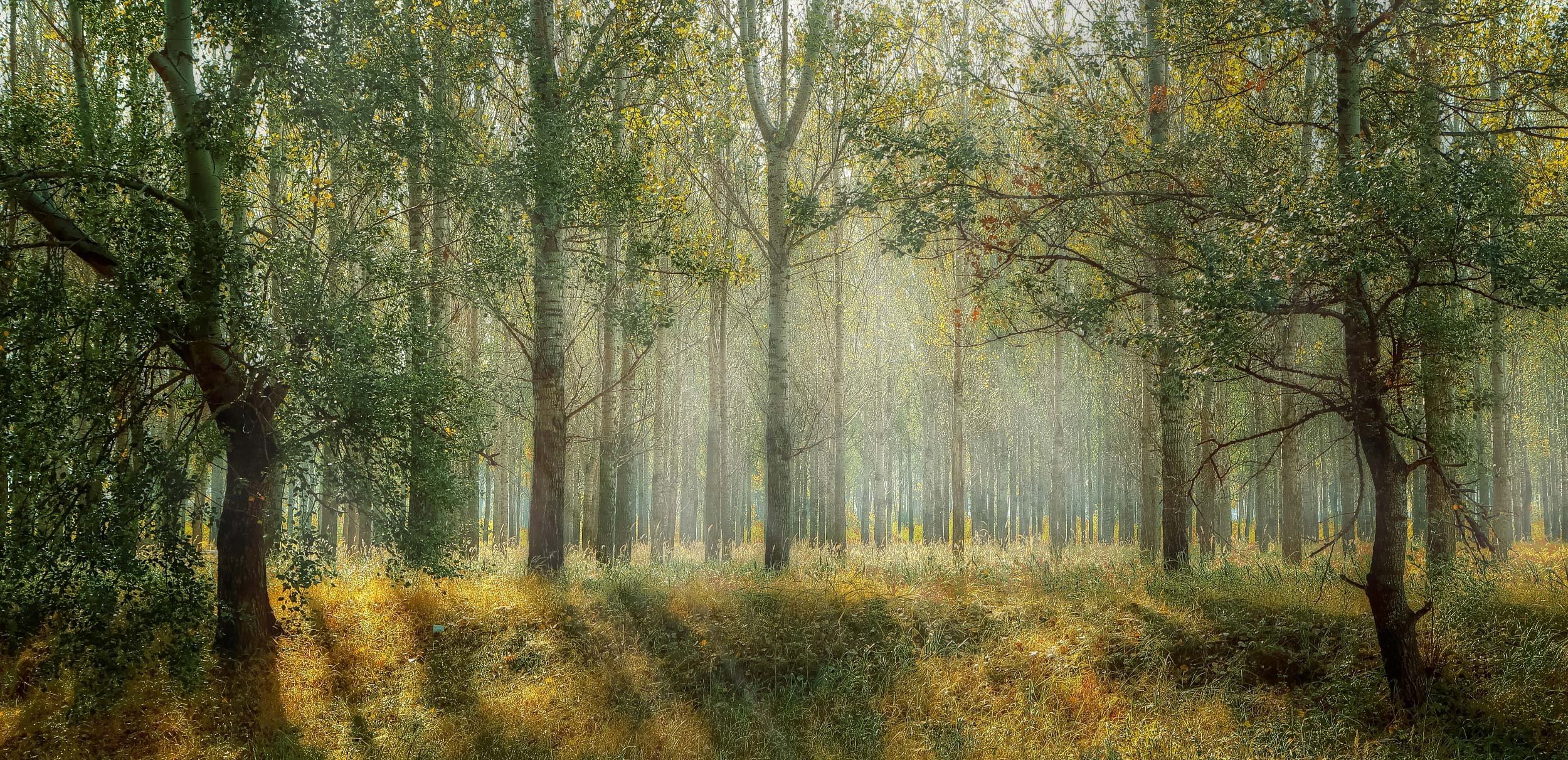Are Trees Giant Therapists? Why Nature-based Therapy Works
If going into the woods sounds like an intimidating prospect, or the opposite of a therapeutic experience, it may be worth a second look. Nature-based therapy is growing in popularity because of its effectiveness with a multitude of populations, including kids. In a survey of 858 participants of wilderness therapy, 83% reported that they had maintained progress and made ongoing improvement two years later. Of the group surveyed, 81% felt that outdoor behavioral healthcare treatment is an effective approach. It is so effective a group of wilderness treatment programs built a collaborative in 1996 called Outdoor Behavioral Healthcare Council. This group of licensed mental health providers had seen the effectiveness of the model in practice, and knew that as a group, they could offer more to their clients and share best practices.
Why the Wilderness Heals
What is it about being out in nature that offers such a therapeutic benefit? Is it the fresh air? The trees? The open sky? Yes. It is all these things, and more. Nature-based therapy offers a separation from the everyday experiences of one’s life and helps people recalibrate their perspective. When we are in nature, particularly in a wilderness setting, we are forced to hit pause on our automatic thoughts, shift our focus over to the moment, and tune into a more mindful part of ourselves. The wilderness reminds us that we are a small part of something incredibly beautiful and vast; it reassures us that our challenges will pass, just as the changing leaves, and the water rushing down the river.
Nature-based therapy also builds a sense of self-efficacy. Teens struggling with self-esteem and challenges with depression find that they are more capable than they had realized. Recognizing one’s own resilience is empowering. Pushing their own abilities in rugged terrain reminds teens that they are stronger than they thought; this translates into other aspects of life. Nature-based therapists help kids untangle self-perceptions that no longer serve them and reestablish a sense of self that builds on strengths and abilities.
Disconnection from Distractions
It seems like most of us are riddled with distractions in our lives. We get caught up in the stuff of daily life, and often technology is a major factor. Being in nature removes those distractions and helps teens get back to themselves. Sometimes that disconnection from technology is just what is needed to help us wake up to our thoughts, feelings, and other interests in life. Rather than being a captive audience to a screen, or to the opinions of others on social media sites, teens can take a break and reconnect to nature while challenging the body and mind.
Who Benefits from Nature-based Therapy?
Some people have a misconception that nature-based therapy is a punishment for kids with behavioral problems. It is important to disconnect from this notion, since anyone can benefit from this progressive, evidenced-based treatment model. Nature-based therapy is beneficial for a wide range of needs. At OBHC, scores for anxiety, depression, and stress declined between admission and graduation from the program. At a six month follow up, most teens continued to experience a decrease in these symptoms. Nature-based therapy offers wide ranging benefits and is ideal for most teens who are struggling emotionally.
Nature and Nurture
People who have experienced trauma often have lasting aftereffects. Hypervigilance, mood swings, and intrusive thoughts can interfere with daily life, affecting sleep, causing behavioral outbursts, and impacting relationships. Being in nature with a trained professional can be life changing for teens with PTSD. Individual, group, and family work can provide lasting benefits for reduction of symptoms and improvement of coping strategies.
Teens with substance use issues also benefit from nature-based therapy as a means of healing and reconnecting with one’s true self. Separating from the circumstances of daily life can be a healthy reset for teens who may be using substances as a means of connecting with others and have lost themselves in the process. Nature is our teacher; it nurtures and guides us toward our best selves, while offering challenging lessons about resilience and courage. A helpful podcast about being in the wilderness offers real stories of transformation and healing.
Teens and adults who try nature-based therapy are often surprised at how different they feel as a result. Even teens who enter OBHC reluctantly (73%) find connection in this treatment model. By the time treatment ends, 90% of enrolled teens are an action or maintenance phase. The therapy itself is effective, and when you factor in the benefits of exercise and fresh, clean air, the results are amplified. If you or a loved one is considering therapy options, nature-based therapy may be a great choice.
Talley Webb, M.A., CRMC
Journey to Better, LLC



